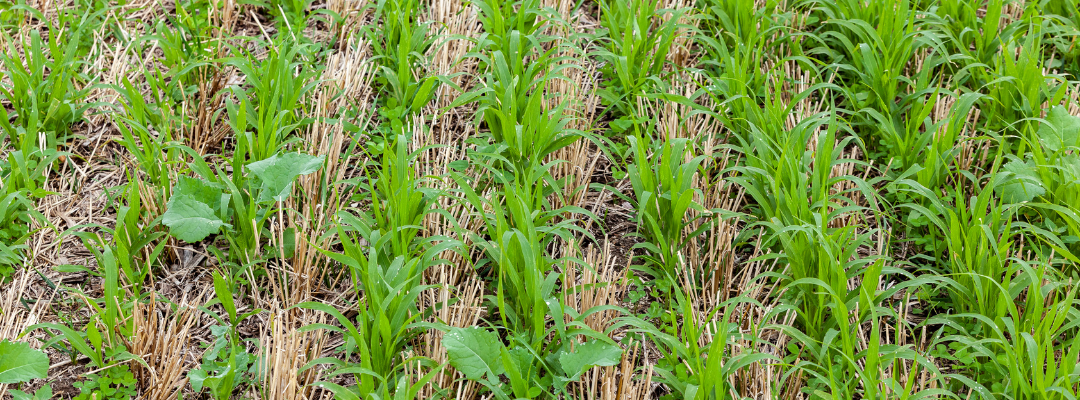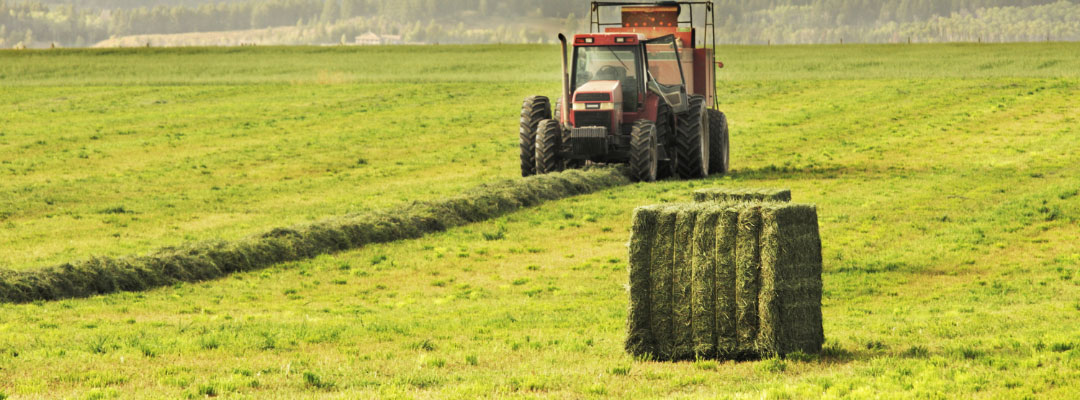The planting phase of the crop production cycle comes with many risks. The amount of time available for planting is significant in determining whether all the fields intended for planting can actually be planted. For crops insured under the Federal Crop Insurance Program (FCIP), the final planting date, a component of the prevented planting provision of the FCIP, establishes the tail end of the planting window and helps to determine the amount of time available for planting crops each year.
Final planting dates vary by crop and location. The dates are chosen to increase the likelihood that insured crops achieve their highest attainable yields each year for a given county and crop. After the final planting date passes, farmers with crop insurance must decide whether to proceed with planting their intended crop or make a prevented planting claim.[1]Prevented planting claims have been known to vary significantly across states. How the final planting dates may influence those differences has not been thoroughly investigated. Generally, final planting dates are set earlier in the calendar year moving from north to south, reflecting the growing seasons that increase in length as one moves further south in the United States. For example, the final planting date for corn is May 31st in Kossuth County, Iowa; May 31st in Thomas County, Kansas; April 25th in Lonoke County, Arkansas; and April 15th in Evangeline Parish, Louisiana.
Differences in seasonal weather patterns, though, may affect the effective length of time available to plant as final planting dates change across states. Early spring rains and other weather variables (like temperature) can shorten or lengthen the planting window each year. To account for these differences, we can estimate the effective planting window between the first day available for planting and the final planting date by combing the USDA NASS estimate of days suitable for fieldwork with the final planting date. Here we construct the variable by using the first suitable day for planting according to the NASS estimate and calculate the average number of days suitable for fieldwork that occurs between that date and the final planting date for a county and crop. We use the average for the period 2011-2020 for corn for this example.
Figure 1a shows how the average effective planting windows change across states using corn as our example. Indiana, where the final planting date for each county is June 5th has, on average, roughly 29 suitable days for planting corn. Louisiana, having the earliest final planting date of April 15th of the states sampled, has the fifth greatest average number of days suitable for planting at roughly 25 days. A clear consequence of a shorter effective planting window is the effect it has on prevented planting claims. Figure 1b shows the percent of insured corn acres with a prevented planting claim for the period 2011-2020. In Figure 1a, the states are ordered by increasing effective planting window.
In general, both panels of Figure 1 together show that the prevalence of prevented planting acres runs roughly counter to the effective planting window prior to RMA’s final planting date. The exception, though, seems to be the Midwest states (Iowa, Illinois, and Indiana in this example) where the effective planting window appears to play no significant role at all, suggesting that other factors may be fundamental differences worth exploring in the Midwest states. Factors such as larger farm sizes and greater crop diversity in many southern states, for example, or a higher degree of tiled acres in the Midwest states, potentially play roles, likely compounding the effect of the shorter planting windows on the share of prevented planting acres relative to the Midwest.
Nevertheless, the final planting date paired with the NASS days suitable for planting appears highly correlated with the differences in prevented planting acres across states. The significance here is that final planting dates have been designed to consider total potential yield at harvest; however, the cost side of this cost benefit equation may include the risk of prevented planting claims during the planting period. Optimal final planting dates may consider both outcomes in determining optimal final planting dates.
Figure 1: a) Average number of suitable days for planting corn for 9 states across the Midwest and Southern United States. b) Average share of county acres with prevented planting claims.

[1] More information on the decisions farmers face for planting occurring after the final planting date can be found here: Connor (2022); Biram and Connor (2023)
Connor, Lawson. “Final Planting Dates and the Impact on Prevented Planting Acres.” Southern Ag Today 3(33.4). August 17, 2023. Permalink







